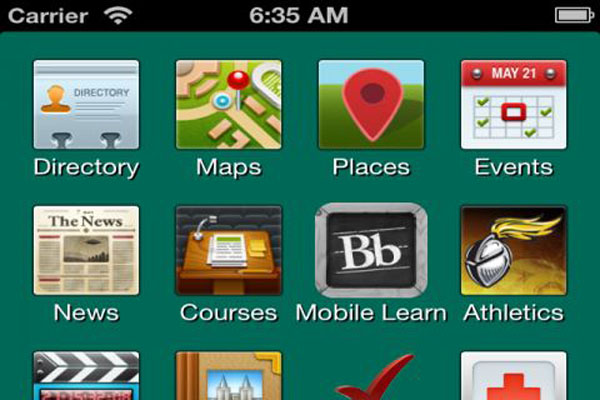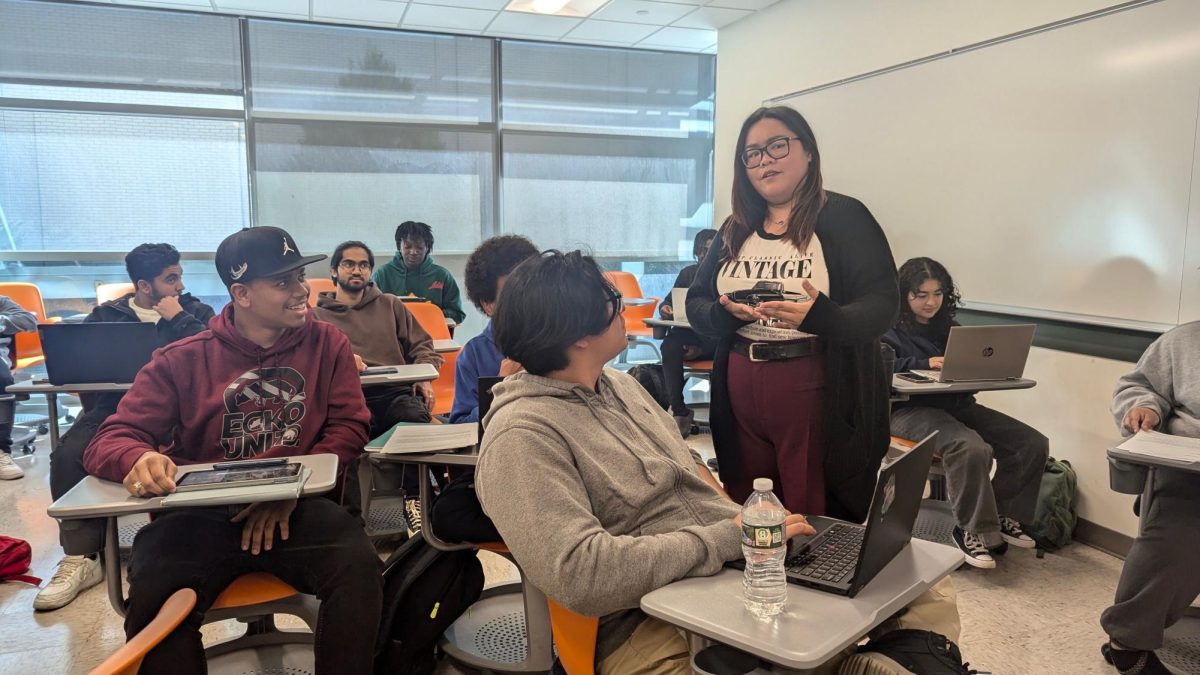By Roberto Miranda—
That’s right, there’s a free New Jersey City University mobile application.

If you are a smartphone owner, you can now access this app by typing in NJCU mobile in your Play Store search, or Iphone or Blackberry equivalent.
“NJCU Mobile is designed to help our students stay connected with campus resources and services, all from the convenience of their mobile device,” says Phyllis Szani, Associate Vice President of the Information Technology (IT) department of New Jersey City University.
All information found on the application is available now; however, thanks to the app, users do not have to search all over njcu.edu, gothicnet, or even Google to find the answers to their campus related concerns. Everything is now available conveniently at the palm of their hands.
Once opened, the app’s screen has many categories: Directory, Maps, Events, News, Courses, Mobile Learn, Athletics, Videos, Images, Social (Media), Quick Survey, and Help. Users of Blackberry and IOS can have access to the Places category as well.
The Maps option of the app provides a campus map in which users can view all campus buildings and parking lots with a zoom-in feature from a bird’s eye view.
Clicking courses allows users to view available courses for the upcoming semester. This category also provides a shortcut to save professor contact information such as their office phone number and njcu.edu email address. Searching for professor contact information is also available via use of the Directory.
Other categories such as Events and Athletics allow NJCU Mobile users to have instant schedules to events regarding campus related happenings, including sports scores and stats.
News and Video allow anyone to see the most popular campus related stories both on the njcu.edu website and the Gothic Times. Campus videos are sorted via NJCUTube, NJCU Playlist, and NJCU Athletics.
Mobile Learn allows students to access their Blackboard accounts. “If you download the app, all you have to do is enter your gothicnetID and password [to] log into the system,” says Szani. “You can see your course content on the go, or if your professor said something, or if you had to send something on the discussion forum, and so forth. You don’t have to find a computer and log in. it’s all right here.”
Meanwhile, the Social category provides a quick link to NJCU’s YouTube, Facebook, and Twitter pages.
Although not featured on Android phones, Szani commented on the Places category. “Here you’ll find where the parking facilities, the shuttle services, and where student dining areas are, even vending machines. It’s a very integrated system. It’s all convenience.”
The IT department funds the app, making it free for students. The department also plans on enhancing the campus wireless network by adding more access points in and around top campus hotspots such as GSUB, Rossey Hall, and the library.
“In about a month, we’re going to be introducing the second internet circuit,” said Szani. “A lot of things are improving over time. This is phase one.” This allows for more people to connect the network at once without having to worry about inconsistencies in connection speed caused by a densely populated wireless network.
Szani described phase two of NJCU’s mobile upgrades in regards to how instructors can incorporate mobile devices in teaching and learning; as well as, tuition payments through the app.
“We’re creating committees here on campus for faculty, in trying to find creative and innovative ways on how to incorporate these devices, also in teaching and learning,” said Szani. “These are the four aspects of our strategy: Services, administrative system, online learning, and how to infuse it in teaching and learning.”
“We surveyed our second semester freshmen last year (fall 2011 first semester students) and asked them, “What do you want to do at NJCU with your mobile devices?” The top answers? I want to register for courses add/drop courses, [and] look at payment possibilities.”
The surveyed students also added that they wanted their professors to use mobile devices more often. “We have a lot of good data. We didn’t just do this out of the blue,” said Szani, “We’re looking at national trends that are out there, higher education trends, and also our own data.’’
“The university realized that mobiles are just the way of life now,” said Szani. “Students [are] coming on campus equipped, coming with tablets, laptops and smartphones. It’s not something higher education can ignore,” said Szani. “This is happening; so, we have to start delivering our services in a mobile platform, and this is our first phase.”














